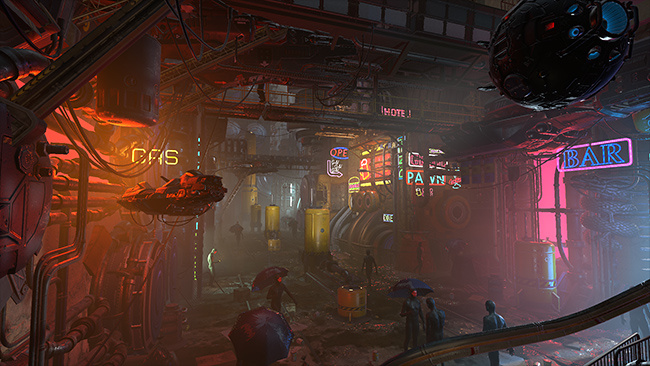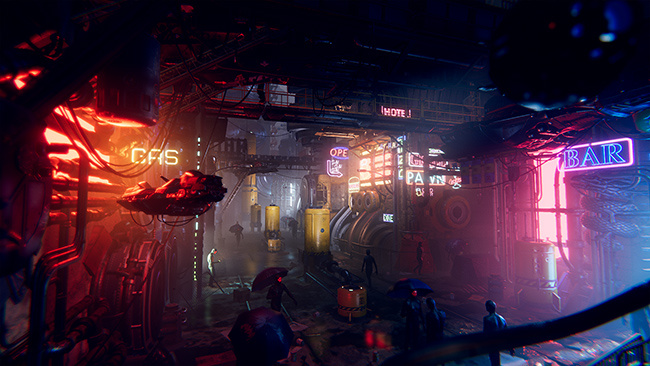Introduction to post-processing
Unity provides a number of post-processing effects and full-screen effects that can greatly improve the appearance of your application with little set-up time. You can use these effects to simulate physical cameraA component which creates an image of a particular viewpoint in your scene. The output is either drawn to the screen or captured as a texture. More info
See in Glossary and film properties, or to create stylised visuals.
This page contains the following information:
The images below demonstrate a SceneA Scene contains the environments and menus of your game. Think of each unique Scene file as a unique level. In each Scene, you place your environments, obstacles, and decorations, essentially designing and building your game in pieces. More info
See in Glossary with and without post-processing.


Render pipeline compatibility
Which post-processing effects are available and how you apply them depend on which render pipelineA series of operations that take the contents of a Scene, and displays them on a screen. Unity lets you choose from pre-built render pipelines, or write your own. More info
See in Glossary you are using. A post-processing solution from one render pipeline is not compatible with other render pipelines.
This table contains information about which of Unity’s post-processing solutions are compatible with each of Unity’s render pipelines.
| Render pipeline | Post-processing support |
|---|---|
| Universal Render Pipeline (URP) | URP includes its own post-processing solution, which Unity installs when you create a Project using a URP Template. For information on using post-processing effects in URP, see the URP post-processing documentation. |
| High Definition Render Pipeline (HDRP) | HDRP includes its own post-processing solution, which Unity installs when you create a Project using an HDRP Template. For information on using post-processing effects in HDRP, see the HDRP post-processing documentation. |
| Built-in Render Pipeline | The Built-in Render Pipeline does not include a post-processing solution by default. To use post-processing effects with the Built-in Render Pipeline, download the Post-Processing Version 2 package. For information on using post-processing effects in the Built-in Render Pipeline, see the Post-Processing Version 2 documentation. |
Note: Post processing stack version 1 is now deprecated and should not be used.
Effect availability and location
For information on the specific post-processing effects each render pipeline supports, refer to Post-processing effect availability reference.